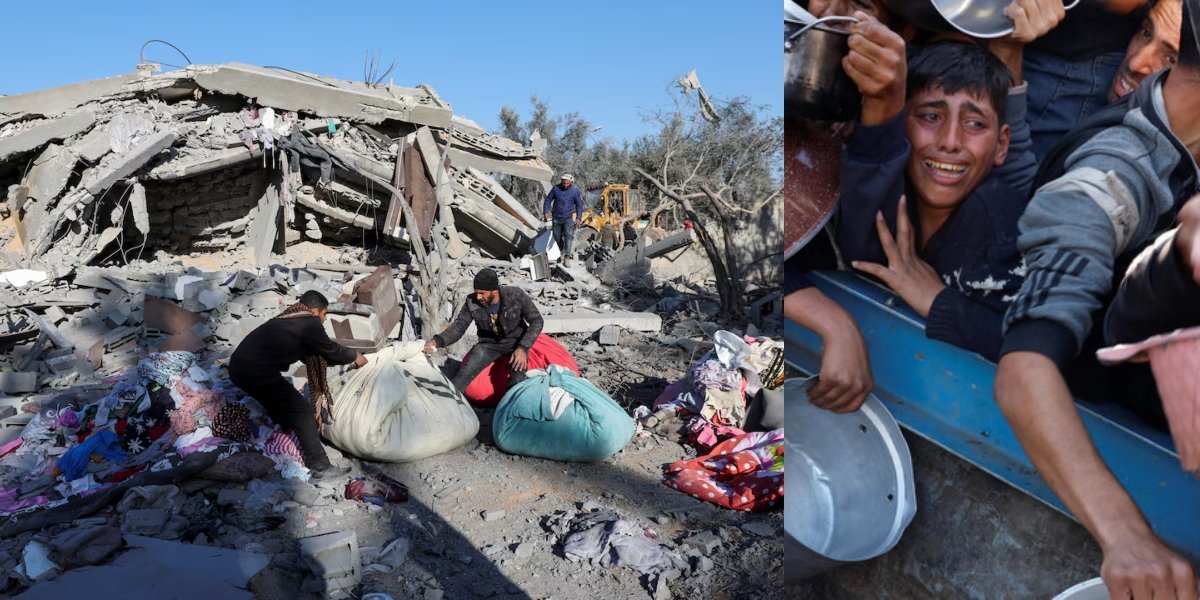The UK infected blood scandal, deemed the most catastrophic treatment disaster in the history of the National Health Service (NHS), has left a profound and enduring impact.
Between the 1970s and 1990s, nearly 30,000 individuals in the UK contracted HIV or hepatitis as a result of blood transfusions tainted with these viruses. The epidemic has claimed over 3,000 lives, with fatalities continuing to occur weekly.
A government inquiry released in May 2024 unveiled extensive cover-ups by healthcare professionals and government officials who systematically ignored, downplayed, or denied the risks associated with contaminated blood donations.
“The repercussions of this scandal extend far beyond the immediate infection; it has affected the lives of countless families and communities. Many in the UK were unaware of the situation due to deliberate efforts to silence victims,” stated Beatrice Morgan, senior associate solicitor at Leigh Day, a law firm representing over 300 individuals affected by the scandal.
The issue is not confined to the UK; numerous countries faced similar crises after procuring blood products contaminated with infectious diseases. However, the global scale of the epidemic remains uncertain, with confirmed cases still seeking justice.
The scandal’s origins trace back to the 1970s when a new treatment for hemophilia reliant on human blood plasma emerged. Many countries, struggling to meet domestic blood donation needs, turned to the United States for blood products.
“Blood was collected from prisons and drug users, many of whom were known to have hepatitis. Inadequate screening meant that a single contaminated donation could spoil an entire batch, potentially involving up to 40,000 other donations,” explained Sally-Anne Wherry, a senior lecturer in Advanced Clinical Practice at the University of Gloucestershire.
Evidence suggests that governments and pharmaceutical companies involved in the trade of US blood were aware of these risks. In the UK alone, approximately 27,000 hemophiliacs were infected with hepatitis C, while 1,250 individuals, including 380 children, contracted HIV, with about two-thirds of these children later succumbing to AIDS-related illnesses.
The stigma surrounding hemophiliacs and their families during the AIDS crisis was severe, with instances of vandalism and exclusion from schools.
Globally, the contamination scandal affected various countries. In Canada, 2,000 people contracted HIV and 60,000 developed hepatitis C. Australia reported over 20,000 affected individuals, while in France, more than 4,000 contracted HIV.
Germany’s scandal, which came to light in 1993, resulted in over 400 deaths and widespread infection among hemophiliacs. In China, an estimated 300,000 people were infected with HIV through domestic blood-selling schemes in the 1990s.
Read More: UK suspends arms exports to Israel
Recent incidents indicate that the problem persists. In 2016, over 2,000 people in India contracted HIV from contaminated transfusions, and in 2021, Turkey experienced an outbreak of bacterial infections linked to infected blood.
The UK inquiry, which commenced in 2017 and concluded in May 2024, characterized the scandal as “horrifying” and criticized successive governments and the NHS for their repeated failures. In response, Prime Minister Rishi Sunak issued a public apology and pledged that compensation for affected individuals would begin by the end of 2024, with costs projected to reach billions of pounds.
Advancements in blood safety include routine HIV testing since 1985 and hepatitis C screening starting in 1991. Additionally, some countries have implemented stricter blood donation regulations to prevent the transmission of infectious diseases.
Legal actions have also been taken, with a German court convicting executives for distributing contaminated blood and French health ministers facing charges, although outcomes varied.
Morgan noted that the potential for similar legal actions in the UK remains uncertain due to the elapsed time, with affected individuals currently prioritising financial compensation.
















